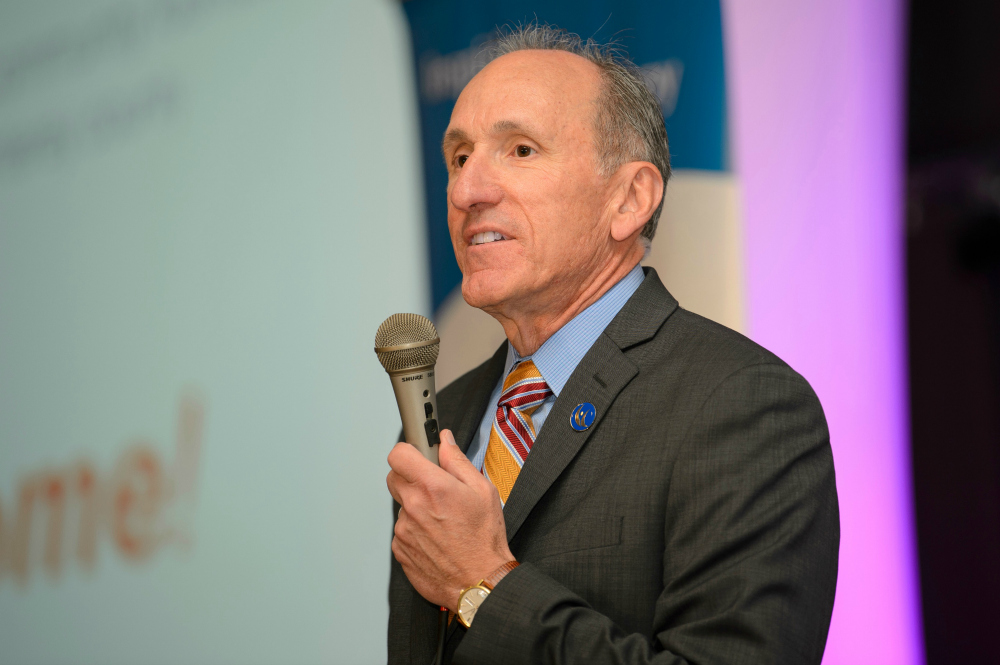
President’s Blog – Tax Cuts & Motivations for Giving
It seems that everywhere I go people are asking for an opinion on the impact the December 2017 Tax Cuts and Jobs Act will have on charitable giving. The answer, unfortunately, is that no one actually knows. The primary question surrounds the large number of households that have always benefited from itemized deductions who will now utilize the standard deduction, meaning that their charitable contributions will no longer be tax deductible.
“Bunching” Giving
The CFMC is actively monitoring the discussion of strategies nonprofits can employ to offset a potential reduction in giving. Most frequently mentioned is a communication strategy around “bunching,” the idea that donors can make two or three years’ worth of gifts in a single year, itemize in that year, and use the standard deduction in intervening years. Obviously, this would make for some complicated budgeting on the part of the nonprofit, and assumes donors are willing or able to make these larger gifts.
Donor Advised Funds
Donor advised funds (DAFs) at community foundations are based on a similar concept, and in the face of the new tax law might be a useful tool. Donors can start a DAF at the CFMC for as little as $5,000. So if a household normally makes $2,500 a year in charitable contributions, and find themselves just below the threshold to itemize, they could put two or three years’ worth of giving into a DAF, itemize in that year (and therefore get a charitable deduction on the amount they put in the DAF), then use that charitable capital to make grants over the next few years while they use the standard deduction.
This way they’re continuing to support their favorite organizations, and the charitable capital they’re using will be tax deductible in the years they add to their DAF. This strategy should definitely be discussed with your CPA or tax preparer to make sure it works for you. Not everyone has the means or inclination to pursue this strategy. Which gets us back to our original question: how much of a motivator for giving is the charitable deduction?
Perhaps we in the nonprofit sector should worry less about tax benefits and more about promoting our missions, telling stories of impact – in other words, motivate donors because of the benefits your organization makes in Monterey County.” – Dan Baldwin, CFMC President/CEO
Motivations for Giving
Do donors to the Food Bank of Monterey County put a tax deduction ahead of providing food security to thousands of our neighbors? Are annually renewing members of the Monterey Museum of Art calculating the net cost of their membership or are they supporting programming that provides thousands of folks the ability to experience remarkable exhibitions?
This orientation assumes that we believe that deductibility as a motivator runs a distant second to the primary motivation: supporting the mission of nonprofits, who, in turn, make Monterey County stronger.” – Dan Baldwin, CFMC President/CEO
Inspiring Philanthropy
The CFMC is monitoring the national discussion on communication strategies for how nonprofits and donors can navigate the new tax law. We’ll be sharing what we learn as the year unfolds. While we recognize elements of this are largely hypothetical, we feel strongly about our role, “To inspire philanthropy and strengthen communities throughout Monterey County.”
Resource: The 2016 U.S. Trust Study of High Net Worth Philanthropy (p.68) explores motivations for giving. The primary reason they give (54.1%) is they believe in the mission of the organization. Nearly half (44.0%) give because they believe their gift can make a difference, while 18% give because they receive a tax benefit.
